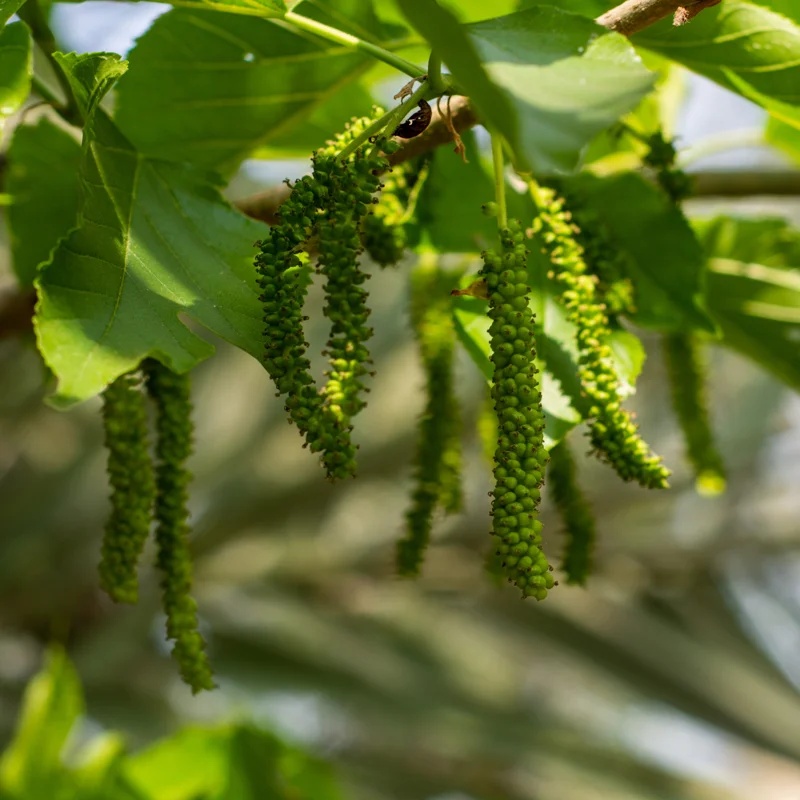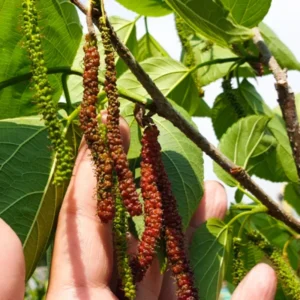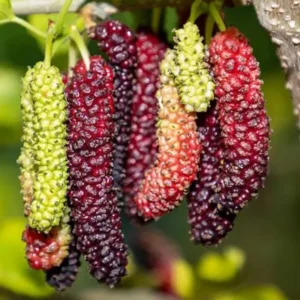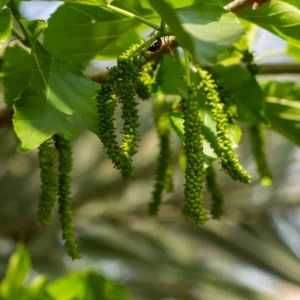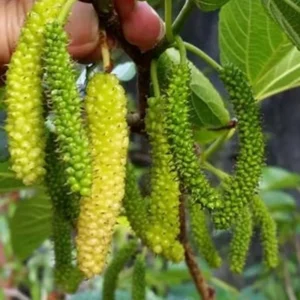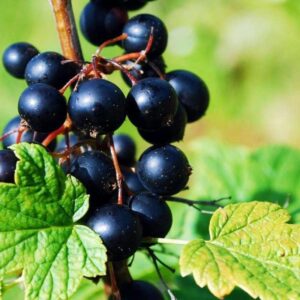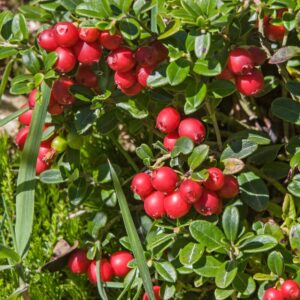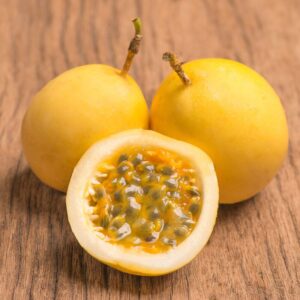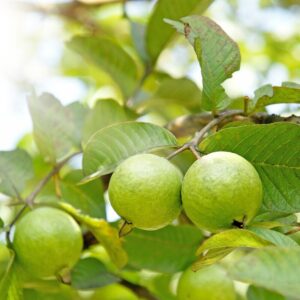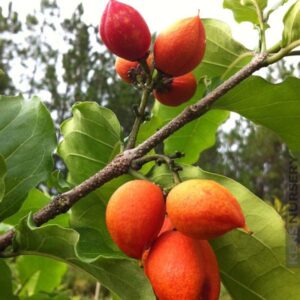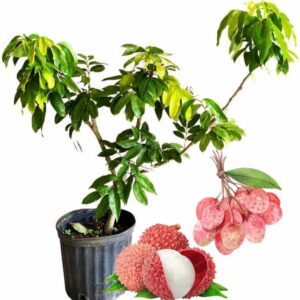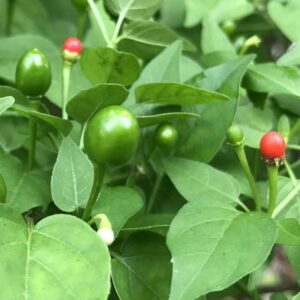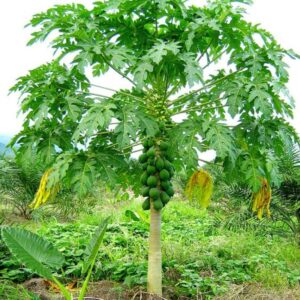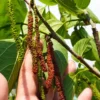Pakistan Mulberry Tree Live Plant, In 6 Inch Pot, Size 10-14 Inch Tall, Mulberry Bush Live Plant
Pakistan Mulberry Tree Live Plant, In 6 Inch Pot, Size 10-14 Inch Tall, Mulberry Bush Live Plant
Pakistan Mulberry Tree Live Plant in a 6-inch pot, 10-14 inches tall, produces sweet mulberries, thrives in USDA zones 6-9. Perfect for gardens and containers.
$31.99

With our Alive & Thrive Guarantee, we’ve got your back for the first 30 days! If you have any concerns about your plants, just reach out to us. Our team is here to help answer your questions and guide you in selecting the best plants for your garden, climate, and unique preferences. We're excited to help you create the garden of your dreams!
-
USDA Hardiness Zone
6-9 -
Soil type
Loamy, well-draining soil -
Sunlight Exposure
Full sun to partial shade -
Expected Planting Period
Spring through fall
Enhance Your Garden with the Pakistan Mulberry Tree
The Pakistan Mulberry Tree is a fast-growing fruit-bearing plant known for its delicious, sweet mulberries. This tree, which can grow up to 60 feet tall, is perfect for transforming your outdoor space into a lush paradise. With its adaptability to both containers and garden beds, it makes a versatile addition to any landscape.
Key Benefits of the Pakistan Mulberry Tree
This tree not only serves as a decorative landscape element but also provides a practical source of delicious fruit. The deep purple to black mulberries it produces are not only sweet and juicy but also perfect for making homemade jams and smoothies. Its cold-hardy nature makes it suitable for diverse climates, thriving in USDA zones 6-9.
Growing Conditions and Care
For optimal growth, the Pakistan Mulberry Tree requires full to partial sunlight and well-draining soil. Regular watering, especially during dry spells, will ensure consistent fruit production. Minimal pruning is needed, making this tree easy to maintain. Prune in late winter or early spring to promote healthy growth.
Ideal for Various Spaces
Whether you have a small urban garden or a spacious orchard, the Pakistan Mulberry Tree adapts well to various planting situations. It thrives in large containers or directly in the ground, making it a perfect choice for patios or backyard gardens.
Frequently Asked Questions
- How tall will the Pakistan Mulberry Tree grow? It can reach up to 30-60 feet at full maturity, depending on care and conditions.
- Can the tree grow in containers? Yes, it thrives in large containers, making it ideal for urban gardening or patios.
- What type of fruit does it produce? The tree yields long, sweet, and juicy mulberries with deep purple to black hues.
- What are the care requirements for this mulberry tree? It requires full to partial sunlight, well-draining soil, and regular watering, especially during dry periods.
- Is this tree cold-hardy? Yes, it is suitable for USDA zones 6-9, making it resistant to moderate cold climates.






